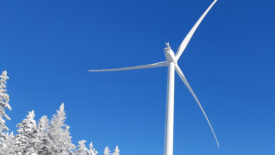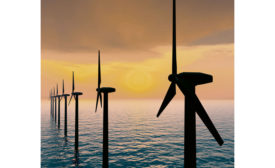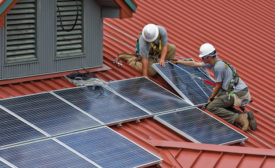Home » Keywords: » wind power
Items Tagged with 'wind power'
ARTICLES
Borealis Wind use internal FabricAir fabric HVAC ducts to disperse heat throughout each blade
Read More
Uponor Distribution Center Now Powered 100 Percent by Wind Energy
Uponor is committed to using 100 percent renewable resources to power its facilities globally by 2025
April 22, 2020
Schneider Electric Network to Facilitate Renewable Energy Transactions
NEO Network developed to foster industry collaboration
August 16, 2016
Renewable Energy Supplied Almost a Quarter of Global Power in 2015
Wind and solar PV had record additions for the second consecutive year
July 4, 2016
DOE Report Says Clean Energy Technologies Are Accelerating in the US
Substantial cost reductions are continuing to drive the adoption of clean energy technologies
November 26, 2015
Wind and Solar Boost Cost-Competitiveness vs. Fossil Fuels
Onshore wind is fully competitive against gas and coal in some parts of the world; solar is closing the gap
November 3, 2015
Teaching Greenhorn Techs Green Technologies
Contractors gain a competitive edge through renewable training and education
Read More
Global Renewable Energy Capacity Grows 8.5% in 2014
The 2014 tally included record installations for solar photovoltaic (PV) systems and wind power
July 16, 2015
Copyright ©2024. All Rights Reserved BNP Media.
Design, CMS, Hosting & Web Development :: ePublishing





